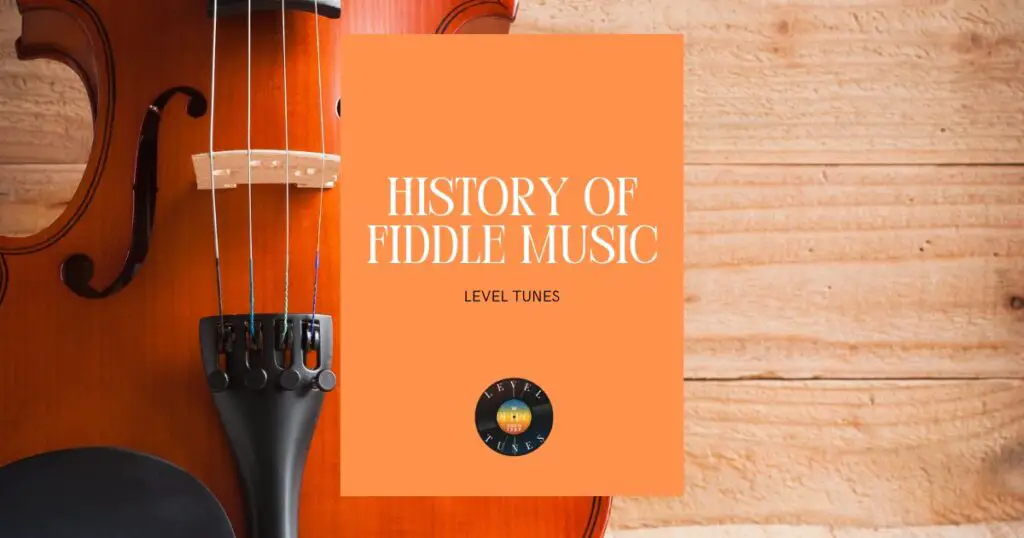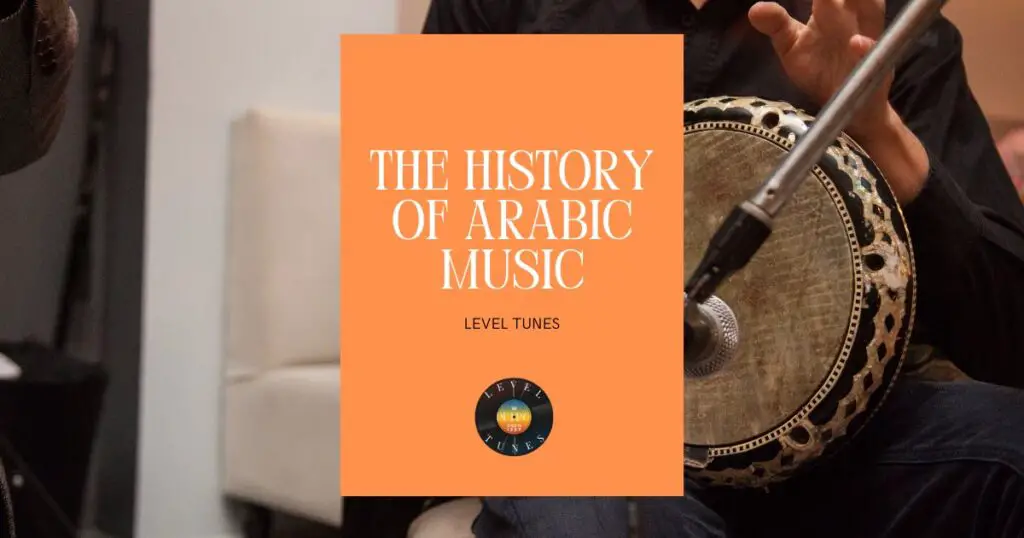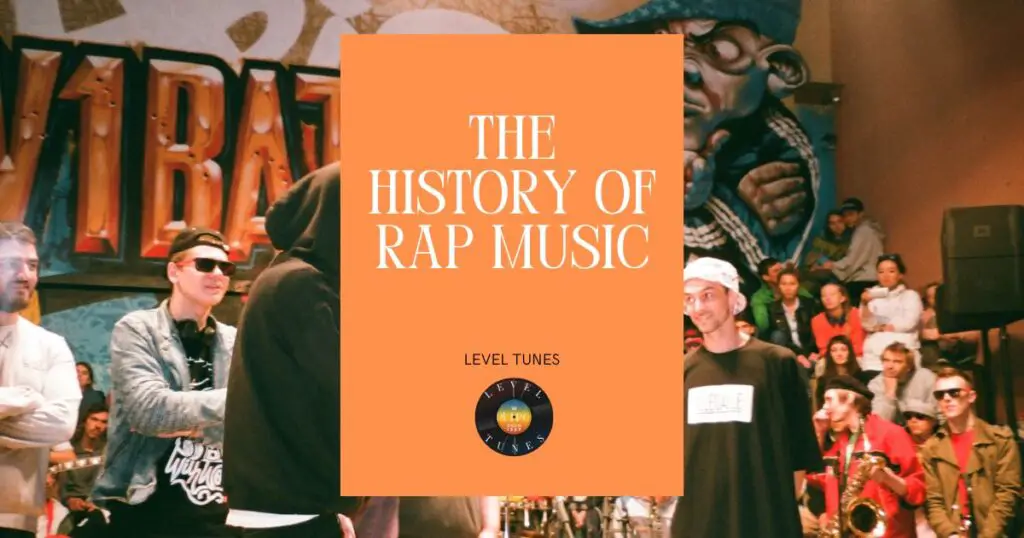The rich history of fiddle music has captivated music enthusiasts for centuries, leaving an indelible mark on the world’s soundscape. From its intriguing origins in the Middle Ages to its significant role in traditional Irish and Scottish music, this captivating instrument continues to evolve while maintaining strong cultural roots.
In this blog post, we’ll delve into the fascinating journey of fiddle music across various cultures and regions, weaving together a compelling narrative that will leave you eager to explore more about this timeless musical treasure.
Key Takeaways
- Fiddle music has a rich history dating back to medieval Europe and developed through Celtic, American old-time, bluegrass, and other genres.
- The fiddle played an essential role in African American music from minstrel performers to modern-day blues and jazz.
- Fiddles have great significance for different cultural contexts like the Celtic fiddle tradition known for fast-paced lively tunes.
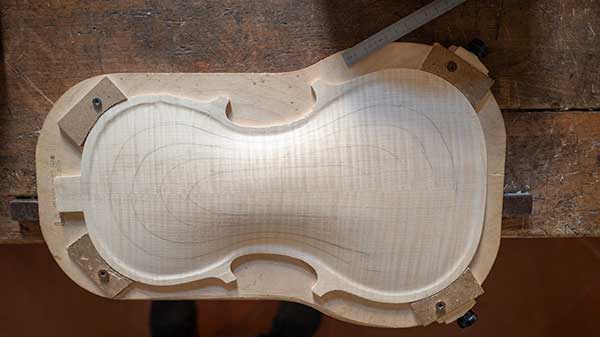
The Origins And Development Of Fiddle Music
Fiddle music has a long and rich history, originating in ancient times and medieval Europe before being strongly influenced by Celtic music to eventually emerge as traditional folk music.
Fiddle Music In Ancient Times And Medieval Europe
Delving into the rich history of fiddle music, we uncover its roots in ancient times and medieval Europe. Bowed string instruments have been around for centuries, and it is believed that the vielle or medieval fiddle evolved from the lira (a bowed lyre) or rabāb (an Arabian spike-fiddle).
As musicology continued to advance alongside technological innovations, so too did various fiddling styles develop throughout England, Scotland, Ireland and Wales. This period saw a gradual shift from these historical instruments towards what we now recognize as the modern violin.
The evolution of fiddle playing techniques during these eras was remarkable – players began experimenting with different bowing methods and incorporating other elements to enhance performances.
Medieval troubadours would travel far and wide to perform ballads accompanied by enchanting melodies played on their vielles.
The Influence Of Celtic Music
The influence of Celtic music on the history of fiddle music cannot be overstated. This rich musical tradition, originating in the ancient lands of Ireland and Scotland, has shaped the fiddle’s role in various genres for centuries.
One interesting aspect about Celtic music is its roots in both Eastern and Western cultures. For instance, it is believed that traditional Irish harps may have originated from Egypt while some melodies found their way to Ireland through trade routes with Byzantine regions.
Celtic Music was further popularised during a cultural revival across Ireland where instrumentalists strived to preserve their national identity whilst showcasing their talent internationally.
The Emergence Of Traditional Folk Music
As a music lover myself, I have always found the emergence of traditional folk music to be fascinating. One of the key drivers in this development has been fiddle music, which played a significant role in shaping the sound and identity of folk culture.
Folk music is rooted in popular culture, with its origins often dating back hundreds or even thousands of years.
Take traditional Irish music as an example – it can be traced back 2,000 years to the Celts who were influenced by Eastern musical styles. The integration of various musical traditions from different cultures led to the evolution and proliferation of distinctive sounds within traditional Irish music such as that produced by instruments like fiddles, Celtic harps, and pipes.
Fiddle music’s influence on traditional folk went beyond Ireland too. Prominent figures like Henry Reed introduced new dimensions into American Upper South’s folk culture with his iconic fiddling tunes during the 20th century, demonstrating how personal innovations within broader cultural contexts shaped what we now recognise as modern folk music.
The Impact Of American Old-Time Music
American old-time music had a significant impact on the development of fiddle music. It originated from the Appalachian region, where European immigrants settled and adopted elements of African American and Native American cultures to create a unique style of music.
One important aspect of old-time fiddle music was the “crooked” or irregular time signatures used by musicians. These unconventional rhythms created a feeling of spontaneity and improvisation that made old-time fiddling exciting to play and listen to.
The influence of American old-time music can be seen not only in country and bluegrass genres but also in contemporary artists who incorporate traditional elements into their work.
The Rise Of Bluegrass Music
As a music lover, you may be interested to know that bluegrass music has its roots in the traditional fiddle-playing styles of Celtic immigrants who settled in the Appalachian Mountains.
The rise of bluegrass music can be traced back to the 1940s when Bill Monroe and his band introduced their unique sound to audiences across America.
Bluegrass music is a synthesis of many different musical traditions, including American southern string band music, blues, English and Scottish folk traditions, country and western swing.
The result is an infectious style characterized by fast-paced rhythms backed by driving banjo riffs and high-pitched harmonies.
Today’s musicians continue to draw inspiration from traditional bluegrass while also experimenting with new sounds and styles. Some contemporary artists combine electronic beats or hip hop rhythms with classic bluegrass instrumentation for a fresh take on this beloved genre.
The Celtic Music Revival
During the 1960s and 1970s, there was a movement to revive Celtic music, called the Celtic Music Revival. This period brought a renewed interest in traditional Irish and Scottish fiddle music that had been fading away.
The revival was driven by musicians such as The Chieftains who made it their mission to keep traditional instruments like the fiddle, uilleann pipes, wooden flutes and tin whistles alive.
The revival saw many young people take up fiddle playing as a hobby or profession, contributing significantly to its resurgence in popularity.
Another significant cultural event during this time was when Riverdance debuted at Eurovision Song Contest’s interval actin 1994 that featured live music from fiddlers Máire Breatnachand Eileen Ivers among others performing alongside percussionists like Tommy Hayes using bodhrán while dancers performed on stage depicting various folk dance forms from around Europe particularly highlighting elements of celtic dancing styles originating in Ireland.
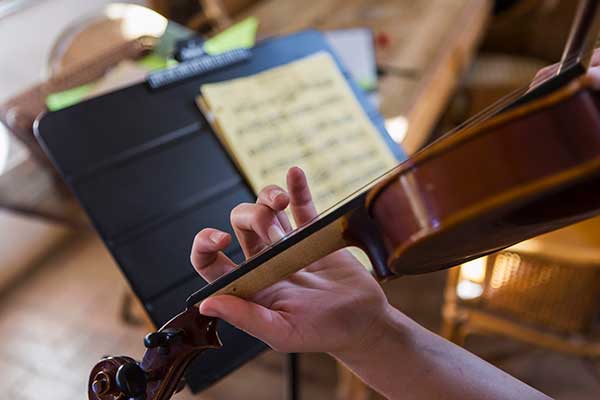
Fiddles In Different Cultural Contexts
Fiddles have played a vital role in African American, Celtic, and American fiddle music, showcasing the instrument’s versatility and adaptability to different cultural contexts.
Fiddles In African American Music
As we dive into the history of fiddle music, it’s hard to ignore its presence in African American music. The violin has been present and popular in Afro-American music, particularly blues and jazz since the early 1900s.
Fiddling was a common practice among minstrel performers, showcasing the association between fiddle and black culture since the 18th century.
The Upper South folklore also contributed to this tradition – musicians such as Henry Reed played an important role in maintaining these traditions with their fiddle playing skills that exemplify the historical dynamics of folk culture in this region.
It’s fascinating to note how ancient Egyptian “Kithara” is related to today’s folk fiddle players’ techniques across different cultural contexts.
The Celtic Fiddle Tradition
As a music lover, you may have heard of the Celtic fiddle tradition – a beautiful and unique style of playing that originates from Scotland and Ireland.
This style of fiddling is known for its fast-paced, lively tunes that are often played at traditional dances or social gatherings.
Irish fiddle music, in particular, is renowned worldwide for its intricate bowing and ornamentation, which gives each tune a distinctive flavour. From toe-tapping reels to haunting slow airs, there’s something for everyone in the Celtic fiddle tradition.
If you’re looking to explore the world of folk music further, then delving into the rich history behind the Celtic fiddle tradition would be an excellent first step! With so much variety and cultural significance woven into every note played on these traditional instruments, it’s no wonder they’ve stood the test of time as beloved national symbols across multiple countries.
The History Of American Fiddle Music
Fiddle music has been an integral part of American culture for centuries, with a rich and diverse history that reflects the country’s unique melting pot of cultures. European immigrants brought fiddles to America in the colonial era and played traditional tunes like reels and jigs.
As settlers spread out across the country, they mixed with other cultures, creating new genres of fiddle music that incorporated different styles from around the world.
One notable period in American fiddle music was during the 1920s when commercial labels recorded hundreds upon hundreds of records featuring rural string bands playing modern-day pop hits interspersed with timeless old-time tunes.
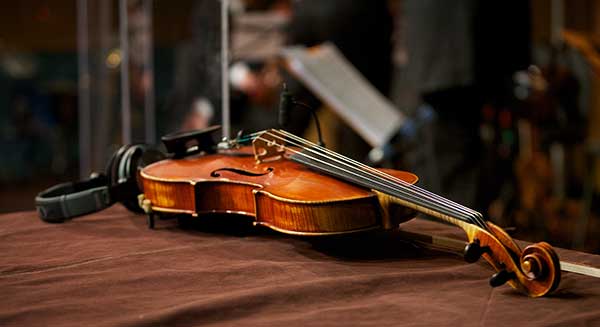
The Evolution Of Fiddle Music
Fiddle music has evolved over time due to innovations in playing techniques and the influence of other genres such as country, bluegrass, and Celtic music.
Innovations In Fiddle Playing Techniques
Have you ever wondered how fiddle music has evolved over time? One fascinating aspect of this evolution is the many innovations in fiddle playing techniques that have emerged over the years. Here are some examples:
- Double-stops: These involve playing two notes at once on adjacent strings, creating a fuller sound.
- Cross-tuning: Fiddlers who use this technique tune their strings to different pitches than standard tuning (such as G–D–G–D or A–E–A–E), allowing for unique melodies and harmonies.
- Chopping: This percussive technique involves striking the bow against the strings rhythmically while muting them with the left hand, creating a rhythmic effect similar to a drum beat.
- Sliding: Fiddlers can slide up or down from one note to another (called a “glissando”), adding expressiveness and emotion to their playing.
- Vibrato: This technique involves rapidly oscillating between two pitches on a sustained note, adding depth and richness to the sound.
These are just a few examples of the many innovations in fiddle playing techniques throughout history. It’s amazing to see how far this musical tradition has come and how much it continues to evolve today.
Fiddle Music In Early Country Music
As a music lover, you may be interested to know that the fiddle played a significant role in shaping early country music. In fact, the fiddle and guitar were two lead instruments used in many of the earliest country recordings.
Fiddles were often utilized to create a danceable rhythm for lively hoedowns and square dances.
The influence of Appalachian mountain culture was another significant element in early country music; it is where much of the style’s roots originated from.
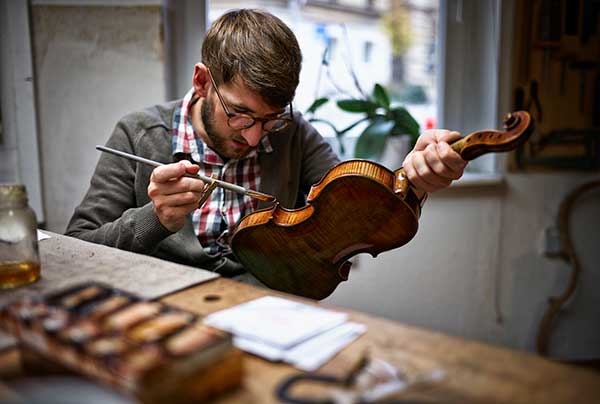
Famous Fiddle Players And Their Contributions To Fiddle Music
Michael Coleman revolutionized Irish traditional fiddle music in the early 1900s, while Jean Carignan incorporated classical playing techniques into Quebecois fiddling.
Michael Coleman
Michael Coleman was a legendary Irish fiddler who made significant contributions to traditional music. He was born in Knockgrania, Killavil, Co. Sligo, and grew up surrounded by fiddle players of great skill in the district known for its music.
Coleman’s highly popular reel compositions are still celebrated among Irish music enthusiasts today. His virtuoso playing style made him one of the most influential musicians of his time.
His legacy can be seen through modern-day performers who have been inspired by his work, including Alison Krauss and Mark O’Connor.
Jean Carignan
Jean Carignan was a famous Canadian fiddler from Quebec who made significant contributions to the world of fiddle music. He attained immense fame as Ti-Jean and is regarded as the most renowned Quebecois fiddler of the 20th century.
Although he regretted not having received proper violin training, Carignan’s virtuoso performances garnered him a considerable reputation in traditional or “folk” fiddling circles.
What set him apart was his unique style, which combined classical techniques with traditional playing methods.
Carignan innovated many new playing techniques that enriched the field of fiddle music significantly. He brought an exceptional level of skill to his work, making it clear why he was considered one of the most famous fiddle players ever known.
Charlie Daniels
Charlie Daniels was a legendary American musician, widely known for his contributions to country music and his impressive fiddle-playing skills.
He began his career in the 1950s as a member of the bluegrass band Misty Mountain Boys.
Daniels was highly regarded for his technical skill and dedication to mastering the challenging style of bluegrass fiddle playing. He left behind a lasting legacy as a skilled musician who pushed boundaries and fused different genres together seamlessly.
Alison Krauss
Alison Krauss is one of the most celebrated fiddle players in music history. She’s been a prominent figure in bluegrass and country music for decades now.
Her love for playing fiddle began at an early age, and by five years old, she was already honing her craft on this iconic instrument.
Krauss has also made guest appearances on different records where she showcased her exceptional skills on lead vocals, harmony vocals, and the fiddle. By contributing to other artists’ work outside of her own band, Alison Krauss has brought a unique touch of elegance to their tracks that have earned praise from fans all around the world.
Mark O’Connor
Mark O’Connor is an American fiddle player and composer known for his contributions to both traditional folk music and modern-day country. He has won numerous awards, including three Grammys and seven CMA awards, as well as several national titles in competitions for fiddle, guitar, and mandolin playing.
Mark became a sensation in the 1970s when he started competing in various national contests at age 12. Since then, he has become one of the most respected musicians in America after revolutionizing classical violin concerto with a combination of bluegrass and fiddling techniques.
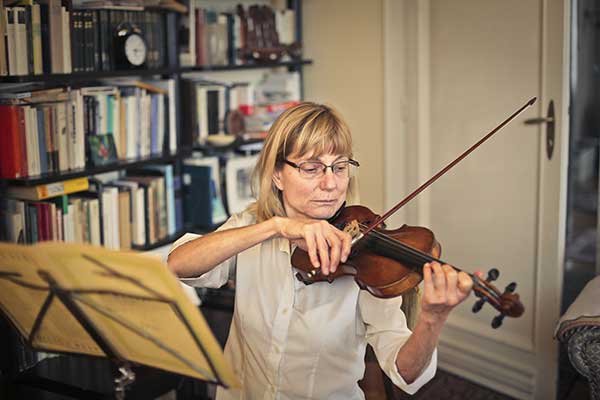
The Cultural Significance And Legacy Of Fiddle Music
Fiddle music has a significant cultural legacy that spans many different styles and influences, from the traditional folk music of Europe to the African American string band tradition and beyond.
Fiddle Music Festivals And Celebrations
If you love fiddle music, then you must attend one of the many festivals and celebrations dedicated to showcasing the best in this genre. Here are some of the most popular fiddle music festivals and events that you should mark on your calendar:
- World Fiddle Day – a day set aside to celebrate the history, cultural significance, and talented musicians who play this traditional instrument.
- Celtic Connections – an annual festival held in Glasgow, Scotland that celebrates Celtic music from all over the world, including fiddle music.
- The National Oldtime Fiddlers’ Contest and Festival – held annually in Weiser, Idaho, this event brings together fiddlers of all ages and skill levels to compete for prizes and showcase their talent.
- The Shetland Folk Festival – held every May on Scotland’s remote Shetland Islands, this festival is a celebration of traditional music and features a wide range of fiddlers from around the world.
- The Festival of American Fiddle Tunes – held annually in Port Townsend, Washington, this event is dedicated to preserving American old-time fiddle music and features performances by some of the genre’s most talented players.
Whether you’re a seasoned musician or just a fan of great fiddle music, there’s no better way to experience it than at one of these amazing festivals or celebrations. So mark your calendar and get ready for an unforgettable experience!
The Relationship Between Fiddle Music And Other Genres
As a music lover, it’s important to understand the relationship between fiddle music and other genres. Fiddle music has influenced and been influenced by various musical styles, such as country, bluegrass, and Celtic music.
In fact, many consider fiddle to be an integral part of traditional country songs.
Fiddle music has also made its way into contemporary pop culture. Famous artists like Taylor Swift and Ed Sheeran have incorporated fiddling into their songs, showing how this traditional instrument still has relevance today.
Overall, the versatility of fiddle music is what makes it such an important part of musical heritage around the world.
The Influence Of Fiddle Music On Contemporary Music
As music evolves, many genres and styles are born from various fusions of traditional and modern influences. Fiddle music, with its roots in the ancient Celtic and folk traditions, has had a significant impact on contemporary music.
The fast-paced playing style and catchy melodies that define fiddle music have been adopted by countless contemporary musicians.
Famous bands like Mumford & Sons and Arcade Fire incorporate violins into their sound regularly. Country artists such as Kenny Rogers, Johnny Cash, Dolly Parton owe much of their success to incorporating different types of fiddles during performances adding an extra layer texture that hooks audiences every time.
It’s fair to say that the historical significance and musical versatility offered by the humble fiddle continue to influence popular culture even today.
Evolving with culture over generations is what keeps instruments alive or dead but one thing cannot be argued: without its contribution throughout history it wouldn’t exist within contemporary tunes today bringing fans back again & again for more good vibes they bring out through exhilarating solo passages or sensitivity-tinged accompaniments alike as if nothing else matters but being entangled within those timeless rhythms made possible thanks only because someone once picked up this seemingly simple wooden box turned 4-string wonder took themselves seriously enough at least long enough so we could keep enjoying ourselves too!
The Future Of Fiddle Music
As a lover of fiddle music, I am excited to see where the future of this genre will take us. With its rich history and diverse cultural roots, it’s no wonder that fiddle music continues to evolve and inspire new generations of musicians.
One trend that I’ve noticed is the fusion of traditional fiddling techniques with contemporary styles like jazz or even electronic music.
Another exciting development is the increasing diversity in representation within the world of fiddle music. Thanks to initiatives like Queer Appalachia and Black Fiddlers Association, more marginalized voices are being amplified within the industry.
Despite challenges such as declining interest in folk traditions among younger audiences or lackluster support from mainstream media outlets compared with other genres, there’s no doubt that the future looks bright for fiddle music thanks to a dedicated community keeping it alive and thriving.
Conclusion
In conclusion, the history of fiddle music is a rich and diverse one. From its origins in medieval Europe to modern-day America, fiddle music has evolved into a beloved genre enjoyed by many.
The influence of Celtic and African American traditions on this type of music cannot be overstated.
Furthermore, we must recognize the cultural significance and legacy that is tied to fiddle music.
As we move forward with new innovations in playing techniques, it’s vital to remember the roots of this beloved instrument.
Overall, as lovers of music seeking inspiration from past generations’ innovators, let us take pride in continuing to carry these traditions forward for future audiences who will undoubtedly appreciate them just as much as we do today!
FAQs:
What is the history of fiddle music in the United Kingdom?
Fiddle music has been an important part of British folk culture for centuries, with traditional tunes and styles evolving over time to reflect regional variations and cultural influences from other parts of Europe.
Who were some famous fiddlers throughout British history?
Some notable British fiddlers include Jock Tamson’s Bairns, Aly Bain, Ed Carnes, Tommy Peoples and James Hill.
How has technology impacted the evolution of fiddle music?
Advancements in recording equipment and digital distribution platforms have made it easier than ever for musicians to share their work with a wider audience while also facilitating collaborations across geographical boundaries.
What is the significance of Scottish fiddle music in particular?
Scottish fiddle traditions date back hundreds of years and feature unique techniques such as “chunking” (playing two or more strings simultaneously) that set them apart from other styles around the world. Many Scottish tunes are associated with specific regions or occasions such as ceilidhs, weddings or funerals.
Thanks for reading.
TBone

